Kalachakra
The Sacred Symbolism Of The Kalachakra Mandala
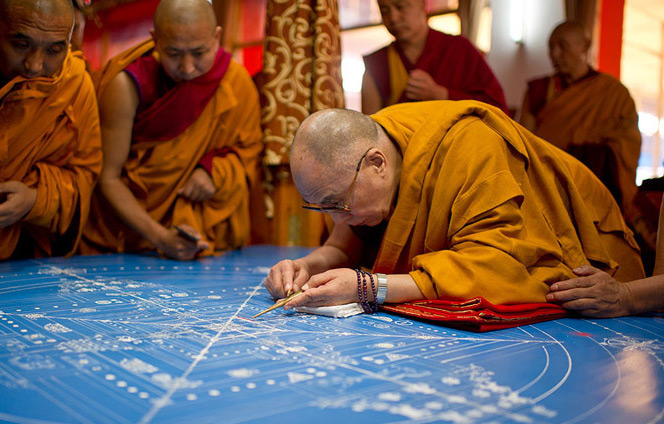
The Kalachakra mandala is definitely one of the most eye-catching thangka painting and appreciated for the symbolic elements that compose it and the visual representation of important teachings of traditional Tibetan Buddhism.
However, as explained by His Holiness the Dalai Lama, many mistaken interpretations have circulated among people who viewed the Kalachakra mandala simply as a work of art.
The Kalacakra tantra is considered the most advanced practice of Vajrayana tradition. This complex system of teachings was originated in India and incorporated into Tibetan Buddhist tradition.
The Dalai Lama himself attends to a series of rituals called “Kalachakra empowerment initiation” and the creation of the Kalachakra mandala is used as a visual textbook for Buddhist practitioners.
The Kalacakra initiation is based on the concepts of time (kala) and cycles (chakra) and, before approaching these rituals, the disciple should have acquired knowledge of the three principal aspects of the Mahayana doctrine: Samsara, Bodhichitta and emptiness.
In this article we will not examine in depth the philosophical aspects of the Tantric initiation but we will focus on explaining the significance of the symbols depicted in the mandala.
First of all it is important to know how to display the Kalachakra mandala correctly. Notice the four different colors of the main inner elements (red, yellow/orange, white and black). The mandala must be oriented with the black side facing down.
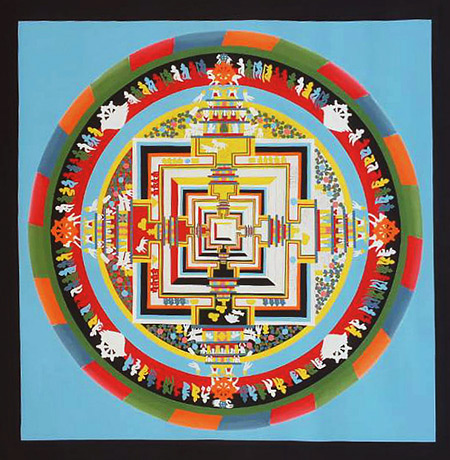
The outer ring is called wisdom circle or protective ring. It is decorated with golden flames and the combination of these colors create a rainbow that symbolize the five aspects of the primordial wisdom and the five Dhyani Buddhas.
After the space ring there are four inner rings representing the four main elements: air, fire, water, and earth.
The central part of the mandala had 3 distinct inner layers called body, speech and mind mandalas.
The geometric structure is the projection of a majestic palace with four gates and five floors.
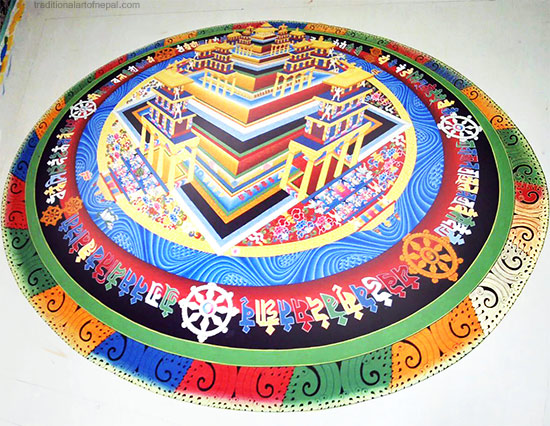
Inside the Body Mandala are represented with syllables and symbols a total of 536 deities. Twelve animals are depicted inside the main gates and protecting the outer walls, representing the months of the year.
The Body Mandala surrounds the Speech Mandala that has the same geometry and inside of which are represented 36 offering goddesses and 80 Yoginis.
The most inner part is called the mind Mandala that occupy the last three floors of the palace and homes 80 deities.
The lotus flower at the center is the symbol of the Buddha mind.
There are several design of thangka paintings of the Kalachakra mandala. In the most complex artworks two deities are depicted in the center of the mandala instead of the lotus flower.
These important deities are Kalachakra and Vishvamata depicted in Yab-Yum: the divine Tantric union that symbolize the cyclic nature of time. This is why the Kalachakra Mandala is also called the “time wheel”.
The Kalachakra Mandala is also represented with one of the most important and well known symbol of the Tibetan Tantric tradition: the Sanskrit seed syllables of the Kalachakra system known as “the mighty ten stacked syllables”.
Each syllable that compose the mantra has a different color and they are represented all interconnected on top of a lotus flower and surrounded by a ring of fire.
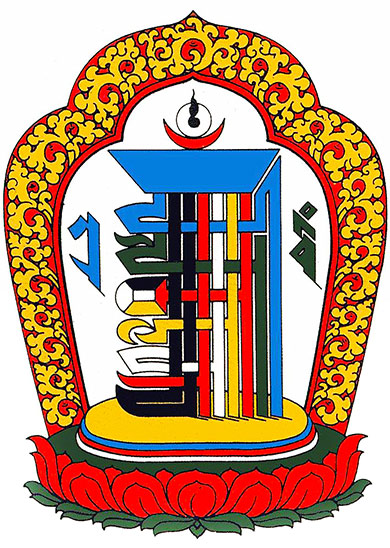
To meditate on the mandala and recite the Kalachakra mantra bring peace of mind and benefits for all sentient beings.
The powerful Kalachakra mantra is spelled: Om Ham Ksha Ma La Va Ra Ya Sva Ha.
Namaste.
How To Order
- Browse our catalog and choose your favorite design.
- Select your preferred size and quality to check the price.
- Click on “Product Inquiry” to send us a message and we will check if we the artwork is immediately available. If not we will make it for you.
- Use the cart page to calculate the shipping cost by selecting your country.
- Once we receive your order we will start creating the artwork according to your preferences and provide you with updates and images upon your request.
We strive to ensure a smooth shopping experience with our assistance. We also welcome commissions of custom designs of thangkas, masks and mandalas.
Shipping and Payments
We offer trusted shipping options to ensure your purchases arrive in perfect condition, and delivered in 5 to 10 working days worldwide. We accept PayPal, debit/credit cards and bank wire transfer services.
About Our Community
We live in Changunarayan, a UNESCO heritage site located on a forested hill overlooking Bhaktapur and the Kathmandu valley. You are welcome to visit our art school and meet our community of artists and artisans.
Learn More About Our Thangka School And Workshops
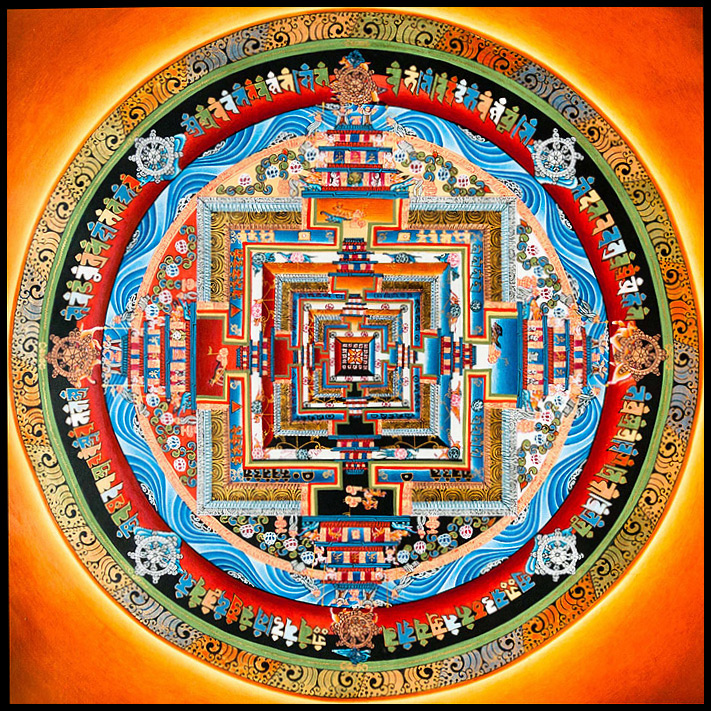
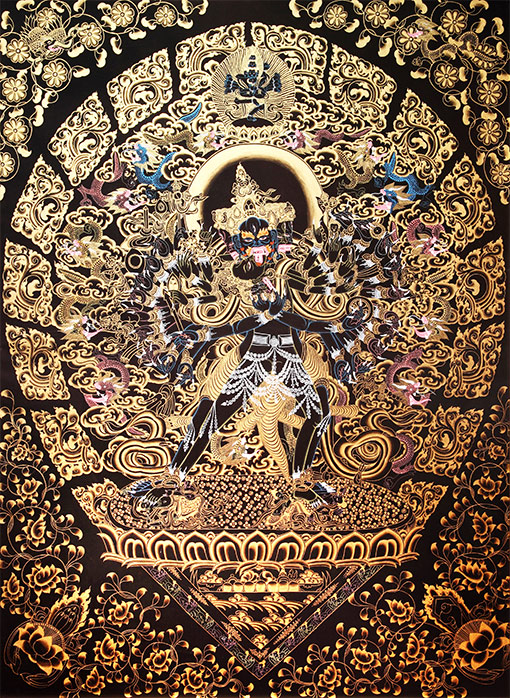
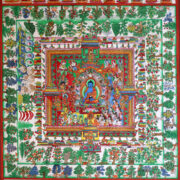 Medicine Buddha Paradise
Medicine Buddha Paradise 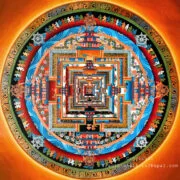 Kalachakra Mandala
Kalachakra Mandala 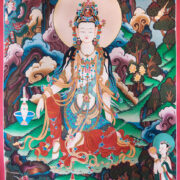 Quan Yin Thangka
Quan Yin Thangka 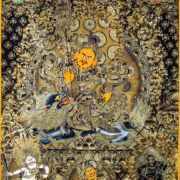 Five Jambhala Thangka
Five Jambhala Thangka 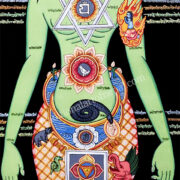 Chakraman Yogi
Chakraman Yogi 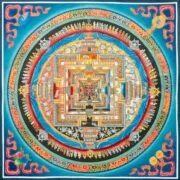 Kalachakra Mandala Auspicious Symbols
Kalachakra Mandala Auspicious Symbols 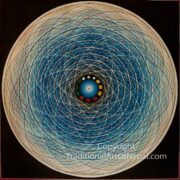 Universe Om Mandala
Universe Om Mandala 